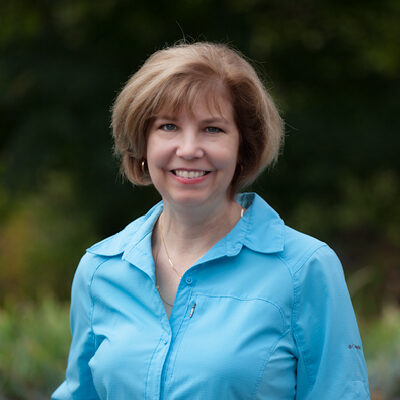We Advance Model Technology By
By Enhancing Models or Creating New Ones
Waterborne understands in some cases, currently existing models and scenarios do not fully encompass a study’s needs. Additionally, some countries may not have the tools to model their specific conditions (weather, soils, cropping patterns). Using our understanding of the underlying governing equations behind the models, model limitations, parameter sensitivity, and uncertainty, we can not only recommend and run appropriate models, but we can also develop models to fit your particular environmental or dietary condition.

Do you have questions about our Exposure Modeling work?
Contact Waterborne's Global Exposure Modeling lead, Amy Ritter, at rittera@waterborne-env.com.
Chamber Workforce Programs
Our Model Development Work
We advance model technology by creating new scenarios for current models, enhancing existing models, creating completely new models, and linking models.
As well as developing tools for regulatory agencies, Waterborne has extensive experience with environmental fate models used by regulatory agencies in the US, Europe, Latin America, and Asia. We have created Pesticide Root Zone Model (PRZM) crop scenarios for many countries such as the United States, Peru, Colombia, Brazil, Ecuador, Africa, Australia, Philippines, Korea, and more. Additionally, we have developed model tools for regulatory agencies to evaluate potential exposure concentrations:
- FOCUS PRZM Groundwater (EU)
- FOCUS PRZM Surface water (as part of SWASH in the EU)
- ANDES: Andean Pesticide Exposure Simulation Tool (Colombia and Peru)
- PRAESS: Pesticide Risk Assessment Exposure Simulation Shell (China)
- WISPE: World Integrated System for Pesticide Exposure (Norway)
Some of the existing models that we’ve enhanced or expanded include iSTREEM and winPRZM. We’ve added countries to the down-the-drain model, iSTREEM. We’ve added many enhancements to winPRZM such as DFOP kinetics, slow release, ability to simulate feedlots, etc.
When we saw a void, we have created our own models:
- RICEWQ (RICE Water Quality model)
- RIVWQ (RIVerine Water Quality model)
- RADAR (Risk Assessment tool to evaluate exposure Duration And Recovery)
- SPEX (SPatially EXplicit environmental routing and deposition model)
- VFDM (Vegetative Filter Ditch Model)
We have linked the models to simulate watersheds or to include mitigations such as vegetative filters:
- PRZM and SWAT (Watershed modeling)
- PRZM and VFSMOD and VVWM
- PCPF-1 and RIVWQ
- RICEWQ and RIVWQ
- RICEWQ and EXAMS



